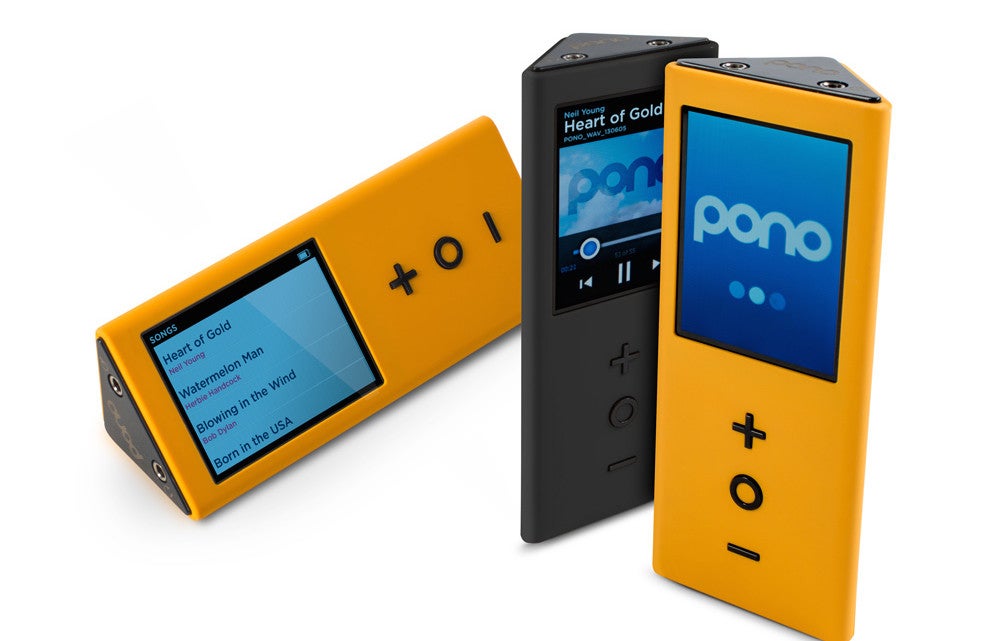Neil Young's Pono music player becomes the 3rd most funded product on Kickstarter, but can you even hear the difference?
Digital music player uses lossless format to reproduce sounds outside of human hearing

Neil Young has made headlines today with the third most successful Kickstarter of all time, raising $6.22m for his new high quality Pono music player; the music connoisseurs fine Bordeaux.
Pono, which means “righteous” or “pure” in Hawaiian, is the culmination of Young’s crusade to eradicate poor quality music and replace it with a high resolution alternative.
The portable device plays “lossless” tracks, the original master copy of a song before it has been compressed to a manageable size and dampened to fit everyday speakers.
Young wrote in an open letter to all Kickstarter benefactors: “CDs and MP3s are derived from the original masters, and now, with the PonoPlayer, you can finally feel the master in all its glory, in its native resolution, CD quality or higher, the way the artist made it, exactly. That’s the beauty of Pono.”
Critics, however, have expressed scepticism at his well-intentioned dream of bringing studio quality sound to the ears of the masses. Even those who bemoan the spread of low-quality MP3s have begun scratching their heads as to the value of raising quality beyond the currently accepted level of 48-kHz/24-bit resolution.
The bespoke Pono is offering 192kHz/24bit, a huge increase on what we have been receiving for the past 30 years. Unfortunately, the majority of tracks from before our millennia do not venture above 48-kHz/24-bit and few do now, making the $400 dollar player, along with the $20 fee to repurchase all your albums in high quality, seem slightly unwarranted.
There is also the argument that hi-res audio will actually be too good for our ears to comprehend. The range of sounds Pono offers, half again as wide as conventional music, is largely beyond our hearing at one end and painful at the other; exactly why the range has been left where it is by music players until now.
The new music player does have some impressive endorsers. A video posted on the Kickstarter page shows reel after reel of top musicians’ and producers’ admiration for the Pono.
David Crossby of The Bryds, “That’s the best sounding music I ever heard in a car in my life, in a matter of fact it might be some of the best sound I ever heard.”
Asylum Records CEO Todd Moscowitz, “Unbelievable to hear the difference side by side, you really forget, listening to your IPod how amazing music can be – really fantastic.”
However, whether people notice the difference between high-res lossless files and MP3s, whether there is an appreciable difference that justifies the mammoth cost and whether a decent pair of headphones would make a better investment have all been hotly contested.
Bernhard Grill, leader of Fraunhofer Institute's audio and multimedia division and one of the creators of the MP3 and AAC audio compression formats. "It's always nice to have higher numbers on the box, and 24 bits sounds better than 16 bits. But practically, I think people should much more worry about speakers and room acoustics."
And that’s the final shadow of doubt, to play music of this quality (presuming we will notice anyway) the listener will need an equally sensational set of headphones; otherwise you’re plugging your expensive new Blu-ray player into your grandma’s old Quasar TV – it’s a waste of potential.
Join our commenting forum
Join thought-provoking conversations, follow other Independent readers and see their replies
Comments